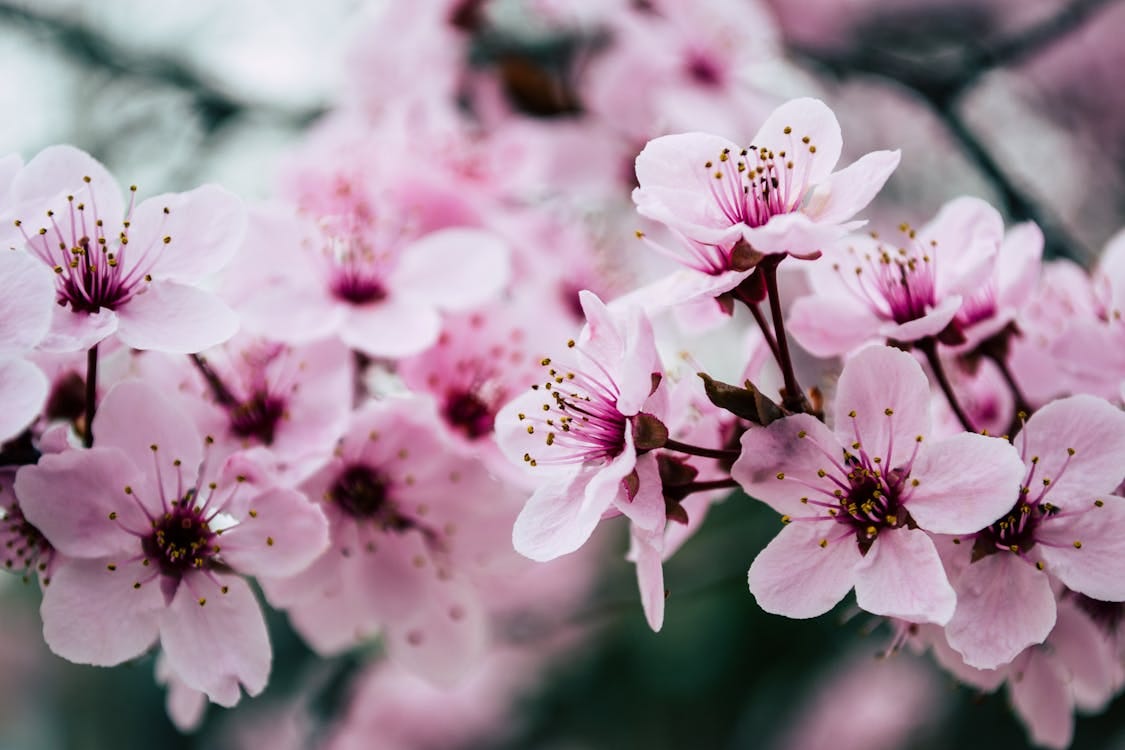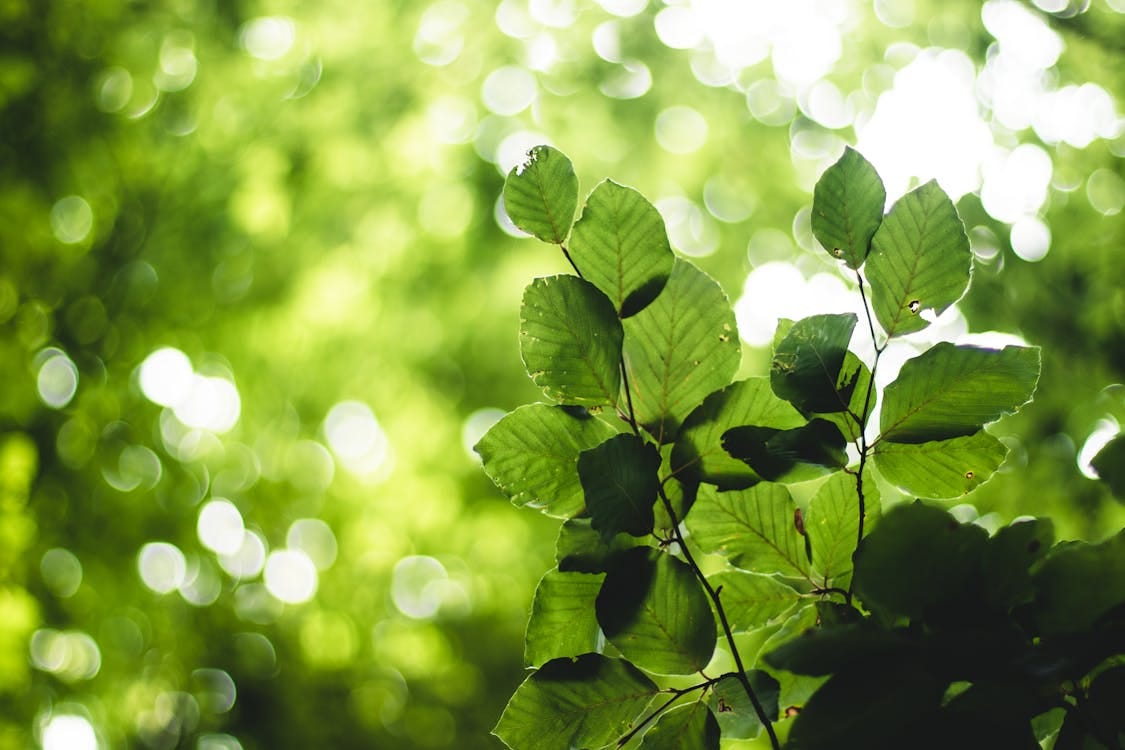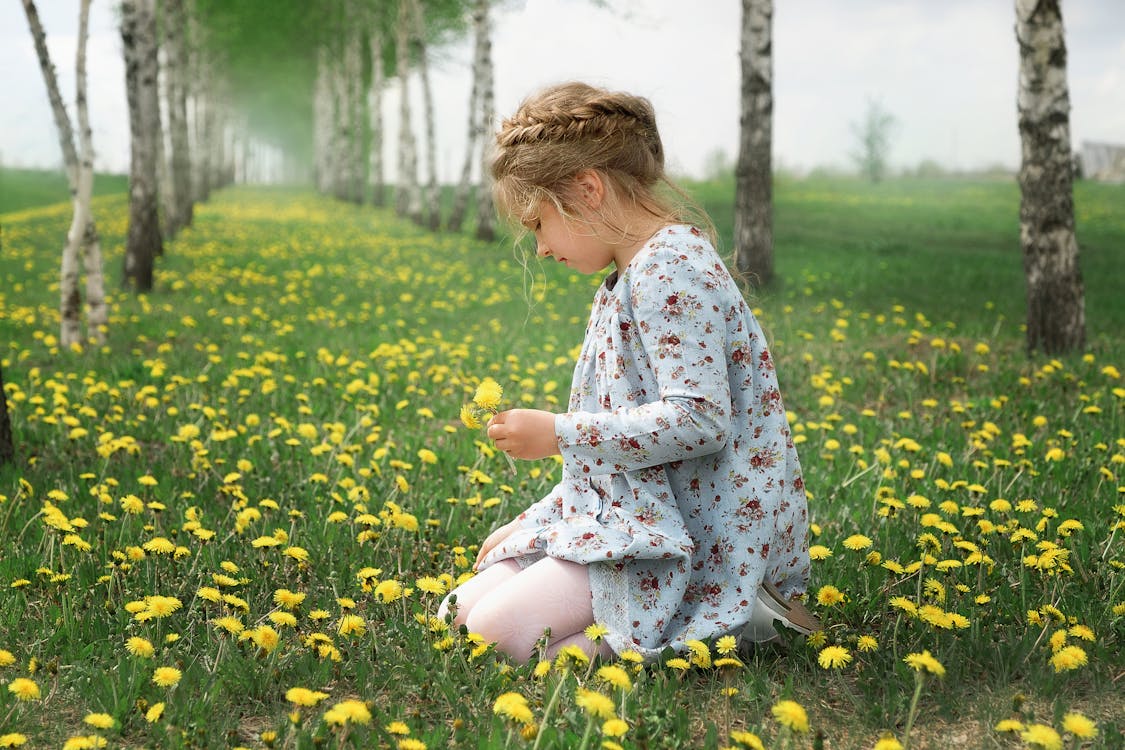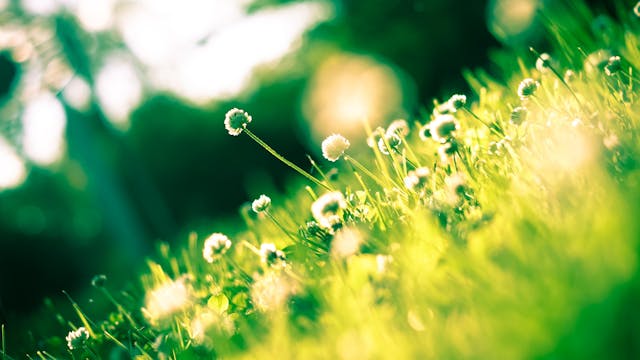How and why green starts growing in spring
Our friend, Beethoven, was the happiest when he was out in nature. For him, it was not optional or a weekend activity: even in rain or bad weather he was strolling daily the fields and hills around Vienna. I am sure he would agree, spring is the best season!
In the past two weeks whenever I open my windows the scent of many flowers fills the house, a garden bursting with lush greenery, and all this makes me smile and think of the probably very excited bees every time. It also made me wonder what exactly is happening in nature when in spring there are some extra hours of light and elevated temperature.
Spring transforms the world into a canvas of vibrant green, as bare branches and brown fields erupt with life. This seasonal shift is more than just a visual delight, it is a carefully orchestrated biological process driven by sunlight, temperature, and the intricate workings of plants.
Let’s explore the science behind spring’s green awakening (and apologies in advance for the jokes)!
Winter: plants in dormancy
In winter, most plants enter a state of dormancy, a survival strategy to endure cold temperatures and limited sunlight. Trees shed their leaves to conserve water, while grasses and perennials retreat to their roots, storing energy for warmer days. This pause is critical, without it, plants would expend resources they can not refill in the harsh winter months. Evergreen trees, like pines, keep their needles but slow their growth to a near standstill. It’s as if nature hits the snooze button, waiting for the right moment to wake up. (Joke: Why don’t plants party in winter? They’re too busy chilling!)

Spring: the wake up call
The transition to spring is triggered by two key factors: longer days and rising temperatures. As the Earth tilts toward the Sun, daylight hours increase, providing more energy for photosynthesis. Plants have specialized cells, called photoreceptors, that detect these changes in light duration. Warmer soil temperatures also play a role, activating root systems and allowing water and nutrients to flow again. Fascinatingly, some plants, like cherry blossoms, rely on a precise number of warm days to bloom, a phenomenon known as growing degree days. It’s nature’s way of ensuring the timing is just right.

Chlorophyll: the green paint
The vivid green of spring comes from chlorophyll, the pigment that powers photosynthesis. During dormancy, chlorophyll production halts, but as spring arrives, plants ramp it up. New leaves and shoots fill with chlorophyll, which absorbs sunlight to convert carbon dioxide and water into sugars, the plant’s food source. This process is so efficient that a single mature tree can produce enough oxygen daily to support two people! (Joke: Why did the leaf go to therapy? It had too many “deep-rooted” issues!)

Plants in action
Spring’s green-up varies by plant species, each with its own strategy:
Dandelions are among the first to emerge, tapping into energy stored in their taproots to produce bright yellow flowers. These resilient plants can grow in almost any soil, making them spring’s bold pioneers.
Grasses seem to transform overnight, fueled by rapid cell division in their blades. A single blade of grass can grow up to an inch (2.5 cm) per day under ideal conditions.
Trees like maples and birches unfurl leaves early to maximize sunlight capture, while oaks wait longer to avoid late frosts. Fun fact: a mature oak can produce over 70,000 leaves in a single spring, each one a tiny solar panel.
This diversity creates a cascading effect, with different plants greening up in a choreographed sequence.

Why spring?
Plants green up in spring to seize a narrow window of opportunity. By starting early, they maximize their time to photosynthesize, grow, and reproduce before winter returns. Early leaves capture more sunlight, giving plants a competitive edge. For example, wildflowers like trilliums bloom quickly under forest canopies before trees fully leaf out, stealing sunlight while it’s available. This race for resources drives the urgency of spring’s growth run. Interestingly, some plants even eavesdrop on their neighbors, using chemical signals to time their growth and avoid being overshadowed.
Ecosystem impact
Spring’s green explosion supports entire ecosystems. New leaves provide shelter for birds, while nectar-rich flowers attract pollinators like bees and butterflies. Herbivores, from deer to caterpillars, rely on fresh foliage for food.
Climate change is altering spring’s timing. Warmer winters and earlier springs are causing plants to green up weeks ahead of historical norms in some regions. While this might sound like a bonus, it can disrupt ecosystems. For instance, if flowers bloom before pollinators emerge, both suffer. This interconnected web highlights why spring’s growth is a cornerstone of biodiversity.
Fun fact: a single caterpillar can eat 200 times its body weight in leaves during spring, fueling its transformation into a butterfly. (Joke: What did the bee say to the flower? “You’re my bud!”)
Spring’s green is a testament to nature’s resilience. From the first dandelion to the tallest oak, plants use sunlight, warmth, and a bit of biochemical magic to transform the world. This season reminds us of life’s ability to renew itself, even after the coldest winters.


